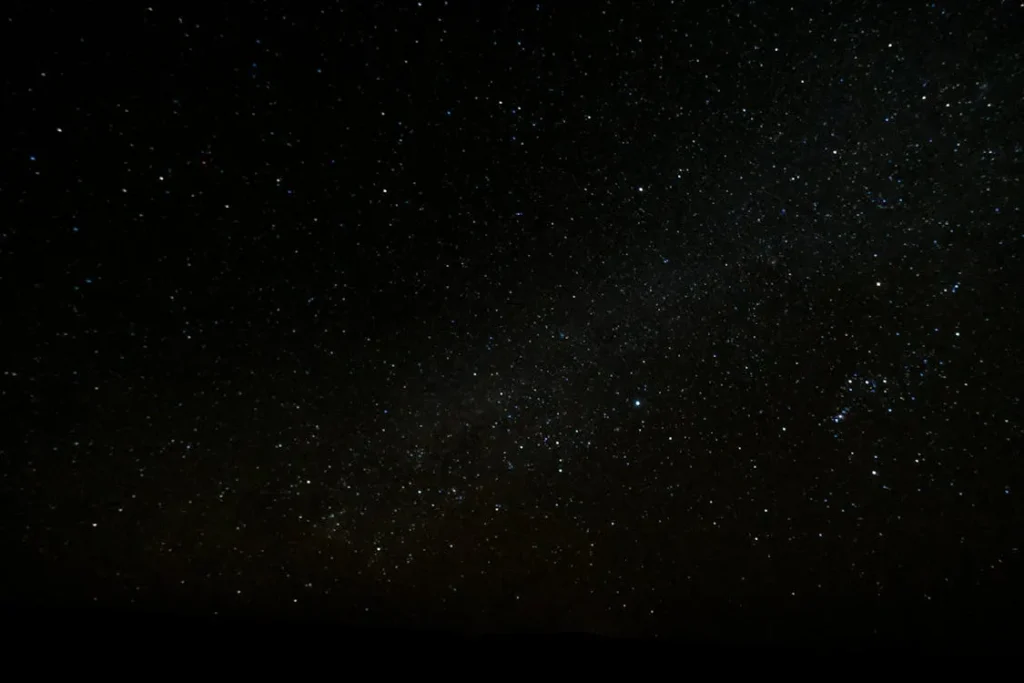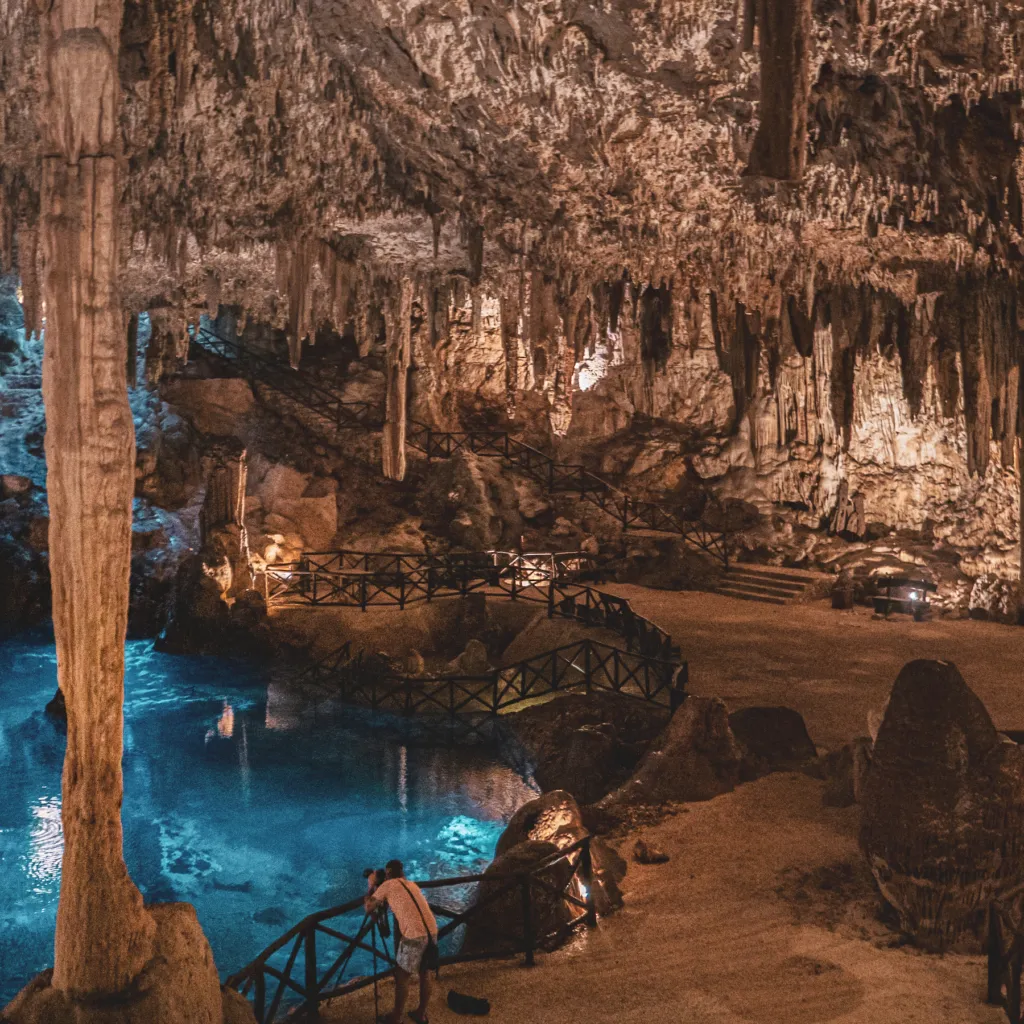Discover the Natural Observatory at Zazil Tunich
Mayan astronomy, one of the most advanced in ancient times, intertwines with the majesty of Zazil Tunich as a natural observatory, offering a setting where the stellar legacy of this civilization comes to life. In this blog, we delve into the relationship between cenotes and the Mayan worldview, and how Zazil Tunich becomes a portal to observe and understand the mysteries of the cosmos as the Maya did.
The Cenote: A Natural Observatory

The Maya used cenotes as natural observatories. The calm waters of Zazil Tunich reflect the night sky in a unique way, as within the cavern, the moonlight cannot fully enter. Instead, it filters through small openings in the central part of the ceiling, creating a partial mirror to observe the sky and planets. This phenomenon allows visitors to experience astronomy in a similar way to how the ancient Maya did, connecting with the universe from a sacred and ancestral perspective.
The Mayan Calendar and the Stars

The Mayan calendar, intrinsically linked to celestial cycles, is a testament to their deep astronomical understanding. At Zazil Tunich, special events are held during key dates of the Mayan calendar, such as equinoxes and solstices, allowing visitors to experience the precision with which the Maya marked the passage of time and to take advantage of the natural observatory provided by the cenotes.
The Mayan constellations, rich in mythology and significance, were fundamental to their worldview. Stories of gods, animals, and heroes intertwine with the constellations that can still be observed today from Zazil Tunich, highlighting its role as a natural observatory. Specialized guides narrate these stories, reviving Mayan mythology under the starry sky.
Ix Chel and the Moon
Ix Chel, the Mayan goddess of the moon and fertility, holds a special place at Zazil Tunich. The phases of the moon were essential to Maya agriculture and daily life, and at Zazil Tunich, ceremonies are held to honor Ix Chel, especially during the full moon when her influence was considered most powerful. It's worth noting that Zazil Tunich is the only sanctuary dedicated to the goddess Ix Chel across the entire peninsula.

Zazil Tunich blends modern technology with ancient wisdom to offer workshops and presentations on Mayan astronomy. Visitors can use telescopes for detailed observation and participate in workshops that explain how the Maya developed their astronomical knowledge.
We invite you to Zazil Tunich for a night under the stars, where Mayan astronomy unfolds in all its splendor. Reserve your visit and prepare for an astronomical journey that will connect you with the past and inspire you to look at the sky with new eyes.
Book Your Starry Night
Click here to book your astronomical experience at Zazil Tunich. Come and discover the stellar legacy of the Maya in a place where the sky and the earth converge. We look forward to exploring the secrets of the Maya universe together!
This blog is an invitation to look up and rediscover the wonder of the stars, guided by the ancestral knowledge of the Maya. Zazil Tunich is not just a cenote; it is a bridge between Earth and the cosmos, a place where Maya astronomical history remains alive. Reserve now and be part of this celestial experience!





